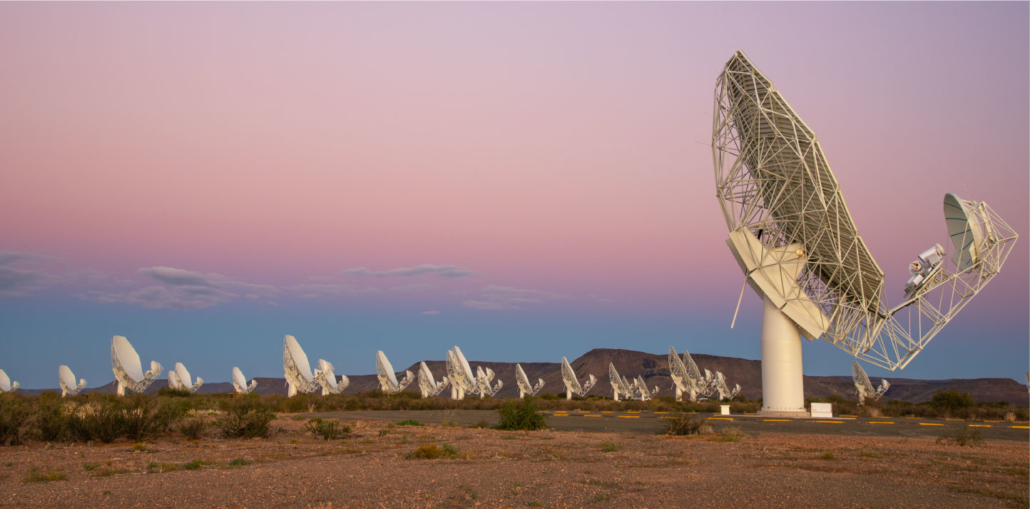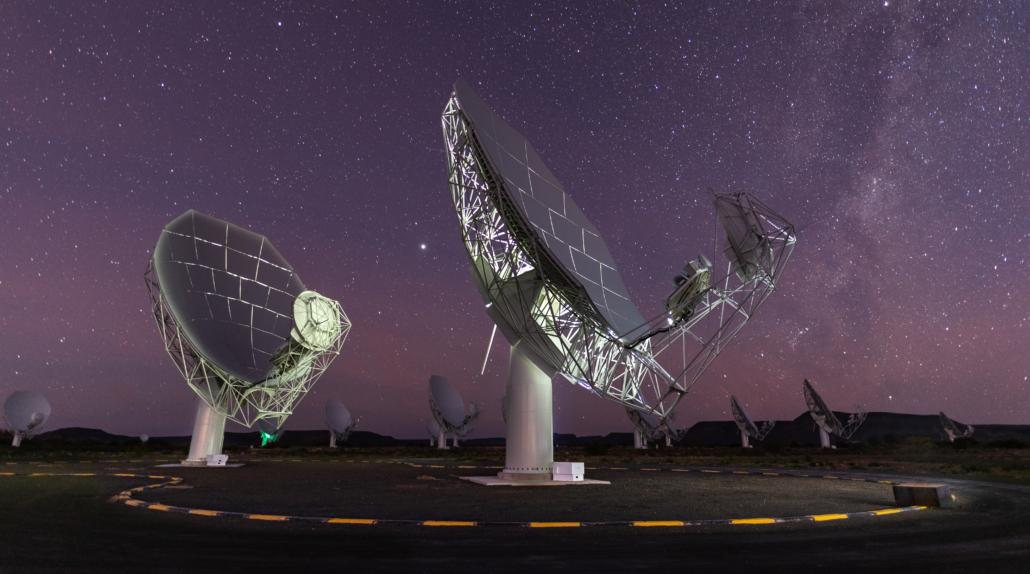8 extremely rare 'millisecond pulsars' discovered inside globular clusters
These "cosmic clocks" can help researchers answer big questions in physics.

An international team of astronomers has discovered eight rare millisecond pulsars hiding inside dense clusters of stars surrounding the Milky Way.
A pulsar is a neutron star — city-sized stellar objects packed with a mass of at least 1.4 times the mass of our sun, which emerge from the explosive deaths of their parent stars — that gives off two beams of radio waves at each pole, due to its strong magnetic field, while also rapidly spinning because of its incredibly large mass. From our perspective, they look like flashing stars, visible only when the beams shine directly at us.
"The vast majority of pulsars rotate once every few hundreds of milliseconds or more," or a handful of times a second, lead author Alessandro Ridolfi, a postdoctoral research fellow at the Astronomical Observatory of Cagliari in Italy, told Live Science. "A millisecond pulsar, on the other hand, is a pulsar that spins hundreds of times per second or, equivalently, once every few milliseconds."
Related: 9 epic space discoveries you may have missed in 2020
In a new study, Ridolfi and his colleagues used the MeerKAT telescope — an array of 64 individual satellite dishes run by the South African Radio Astronomy Observatory (SARAO) — to search specifically for millisecond pulsars, which are much more rare than slower spinning pulsars. To do this, they focused on nine globular clusters — a collection of stars that are bound together by their own gravity and orbit outside the edge of a galaxy — surrounding the Milky Way; they found eight millisecond pulsars within five of those clusters, making it one of the biggest millisecond pulsar studies so far.
Binary systems
Millisecond pulsars are quite rare because their rapid spins can be achieved only in binary systems. In such systems, two stellar bodies rotate around one another; for pulsars, the neutron star's partner is usually a star like our sun, but occasionally one member of the binary is something more exotic, such as a white dwarf, another neutron star or even a black hole, Ridolfi said.
"To reach such a high rotational speed, the neutron star needs to acquire rotational motion by stealing matter from a companion star for a very long time," meaning billions of years, Ridolfi said. "For this reason, millisecond pulsars can only form in binary systems and are much more rare than the other pulsars."
Get the world’s most fascinating discoveries delivered straight to your inbox.
However, globular clusters are teeming with stars and subject to strong gravitational forces, which makes it much more likely for binary systems to form. As a result, more of the pulsars inside these regions can become millisecond pulsars.
"Over 90% of the known pulsars in globular clusters are millisecond pulsars," Ridolfi said. "And more than half of all the millisecond pulsars known are hosted by globular clusters."
Cosmic clocks
Astronomers love studying millisecond pulsars because they spin at a constant rate.
"Millisecond pulsars can be regarded as super-precise cosmic clocks," Ridolfi said. "They rotate much more stably than longer-period pulsars, and hence are much more suitable for high-precision experiments."
For instance, these whirling cosmic lighthouses can be used to measure the mass of neutron stars, study the evolution of binary systems, detect gravitational waves, locate black holes at the centers of globular clusters, test General Relativity — Einstein's theory of how matter warps space-time — and carry out many more complex physics experiments, Ridolfi said.
Researchers are particularly interested in one of the new millisecond pulsars, PSR J1823-3021G, because it has an unusual orbit.
"It is a binary millisecond pulsar in a very elliptical orbit, which is the result of an exchange of companions," Ridolfi said. "In all likelihood, the neutron star was originally in orbit with a lighter companion, which was later replaced by the current, more massive companion, as a consequence of a close encounter."
It is also the largest of the new millisecond pulsars and could be more than two times heavier than our sun which is "very rare," Ridolfi said.

Telescope upgrades
Despite being theoretically very common inside globular clusters, millisecond pulsars have rarely come out of hiding, Ridolfi said.
However, advanced new telescopes, including MeerKAT, are finally allowing astronomers to peer inside globular clusters and uncover more of them.
"With the new telescopes that have just been built, we have already bumped the number of globular cluster pulsars, almost all of which are millisecond pulsars, by almost 50% in just a few years," Ridolfi said.
This study only used 44 of the dishes that make up the MeerKAT telescope; astronomers from the same research project, Transients and Pulsars with MeerKAT (TRAPUM), are already working on a new "globular cluster pulsar survey" using all 64 dishes to focus on 28 globular clusters, which could potentially uncover dozens more millisecond pulsars, Ridolfi said.
"Among these discoveries, we very much hope to find a binary system made of two millisecond pulsars or a pulsar orbiting a stellar-mass black hole," Ridolfi said. That would be one of "the Holy Grails of pulsar astronomy."
In the future, even larger telescopes like the Square Kilometer Array — a proposed telescope array consisting of thousands of dishes and millions of antenna from across the world, of which MeerKAT will be a part of — will also help uncover more of these rapidly spinning pulsars and help answer more questions about the universe, Ridolfi said.
This study was published online April 28 in the journal Monthly Notices of the Royal Astronomical Society.
Originally published on Live Science.

Harry is a U.K.-based senior staff writer at Live Science. He studied marine biology at the University of Exeter before training to become a journalist. He covers a wide range of topics including space exploration, planetary science, space weather, climate change, animal behavior and paleontology. His recent work on the solar maximum won "best space submission" at the 2024 Aerospace Media Awards and was shortlisted in the "top scoop" category at the NCTJ Awards for Excellence in 2023. He also writes Live Science's weekly Earth from space series.



